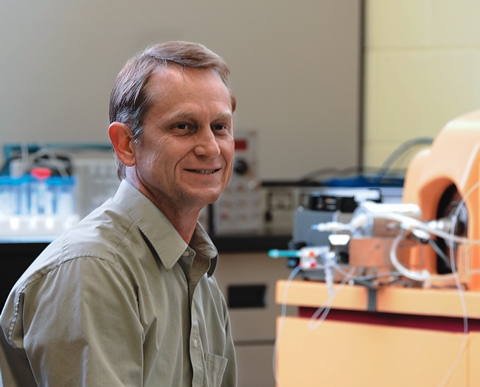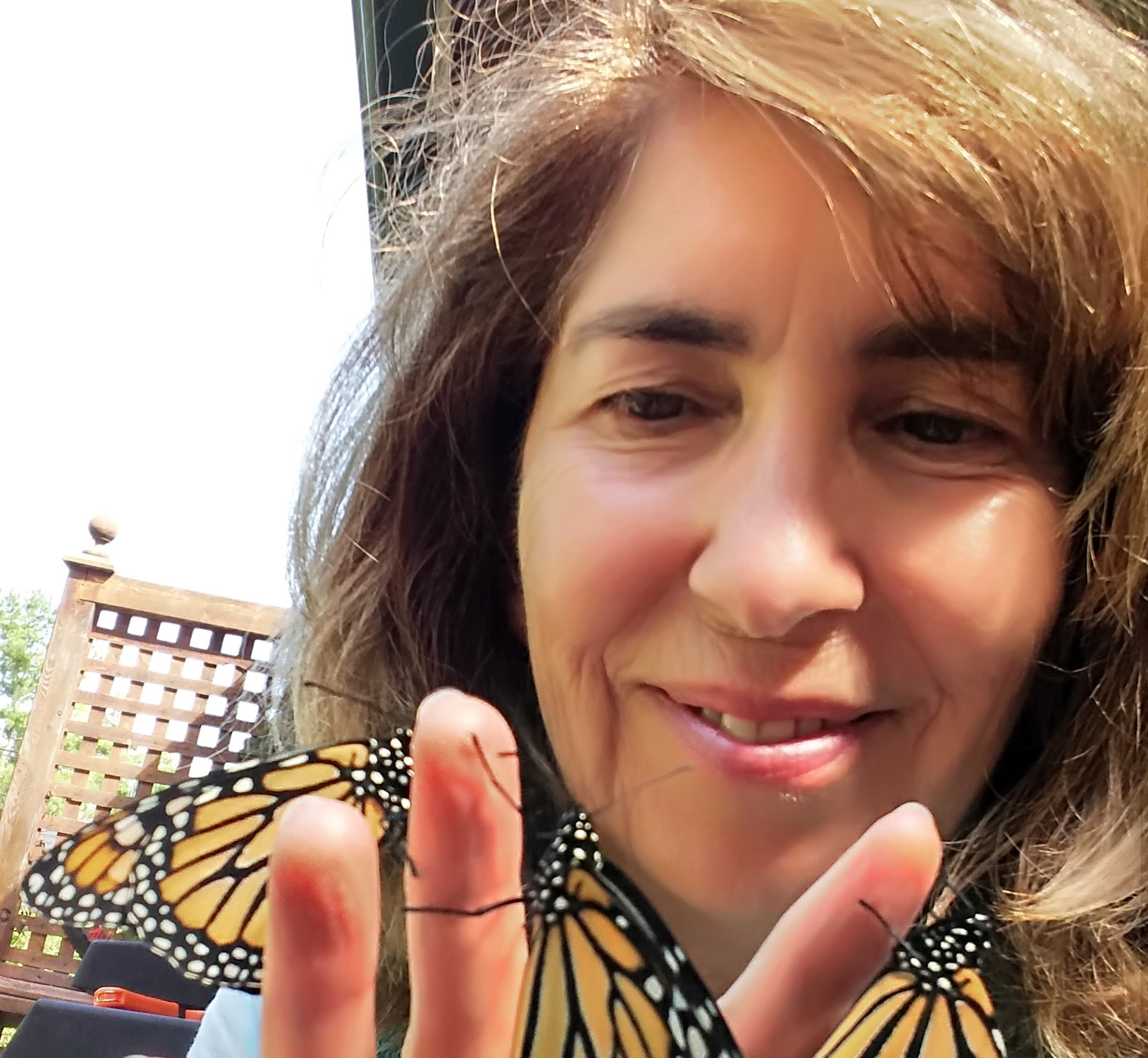U of T chemistry professor Scott Tanner has invented a cell-analyzing machine that could transform the way we diagnose and treat serious diseases such as cancer. Using a new technology called mass cytometry, the CyTOF machine can offer a far more detailed picture than ever before of how cells become diseased and how they respond to various drugs. “We’re going to see therapies derived from this technology in the next five to 10 years,” predicts Tanner, winner of U of T’s 2011 Inventor of the Year award in biomedical and life sciences.
Mass cytometry is a happy confluence of two disparate technologies – mass spectrometry and flow cytometry – which until now had never been brought together. Mass spectrometry, which analyzes the mass of particles to determine their chemical structure, has traditionally been useful for geological purposes, such as measuring arsenic in water or finding gold in rock. But Tanner, a world authority in mass spectrometry, says, “We looked over our shoulders to see what else we could do with this technology.” With chemist Vladimir Baranov, physicist Dmitry Bandura and biologist Olga Ornatsky, Tanner’s team looked to biology; specifically, the genesis, diagnosis and treatment of disease.
For 30 years, flow cytometry has been the standard method of analyzing and sorting microscopic particles to diagnose certain diseases, especially leukemia and other blood cancers. This process, using fluorescent dyes to tag various biomarkers that cells express as they change, can at best determine only a handful of measurements per cell. Instead of using fluorescent dyes as tags, Tanner used rare-earth metals – those often-forgotten elements at the bottom of the periodic table, including neodymium, europium and ytterbium. He found that the new technology could monitor many more substances, analyzing up to 100 cell markers simultaneously at a rate of 1,000 cells per second. Tanner recognized that having so much more information about the cells’ biochemistry could enable earlier diagnoses of disease, which could lead to more appropriate treatment options and less aggressive therapies.
Excited by the potential, Tanner approached flow cytometry researchers at California’s Stanford University School of Medicine with his new technology. Using the CyTOF, the Stanford team undertook research that revealed what lead investigator Garry Nolan calls the heart, mind and soul of bone-marrow cells – where all immune cells, blood cells and diseases such as leukemia originate. Nolan, a professor of microbiology and immunology at Stanford, says, “For the first time we had the ability to produce a picture of the immune system to overlay drug reactions onto and understand how changes to immune cells in one part of the immune system relate to changes in other distant parts.” Published in May in the journal Science, the study has attracted worldwide attention.
Requests for the approximately $600,000 machines are coming in from research centres and pharmaceutical companies, with machines already installed at the U.S. National Institutes of Health and centres in Taiwan and Japan, as well as at Stanford and U of T. Tanner predicts that within a few years they’ll be standard in major hospitals, research labs and, eventually, diagnostic clinics.
The technology is a quantum leap toward personalized medicine, Tanner says, and could lead to targeted therapies for cancers, HIV-AIDS, multiple sclerosis, rheumatoid arthritis, lupus and chronic lung diseases, as well as diabetes – complications from which Tanner’s sister died of last December.
Nolan, who says he’s not prone to hyperbole, calls the technology revolutionary. “Scott’s wonderful invention,” he says, “is going to change the world of immunology, at the least.”






